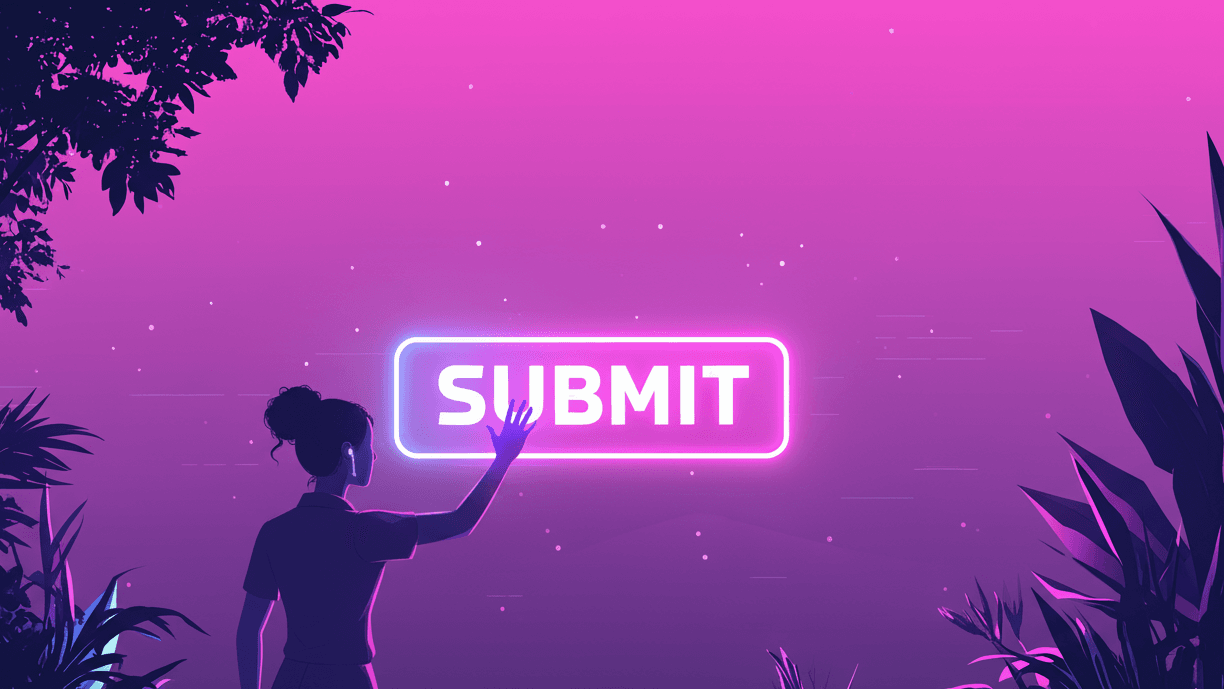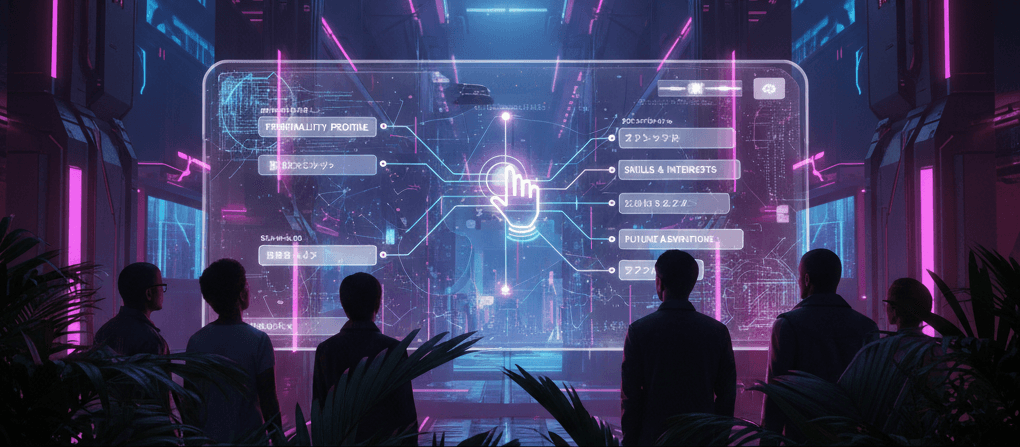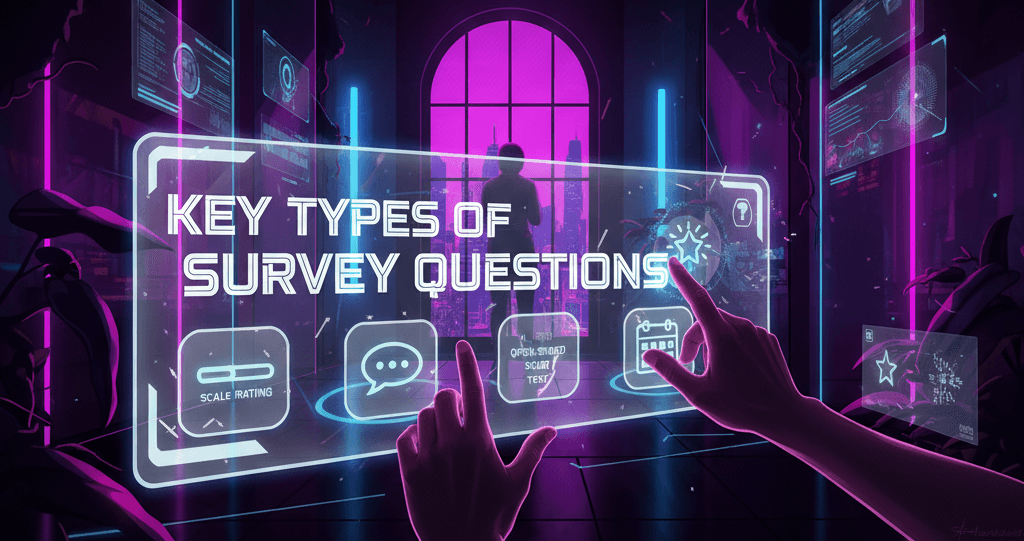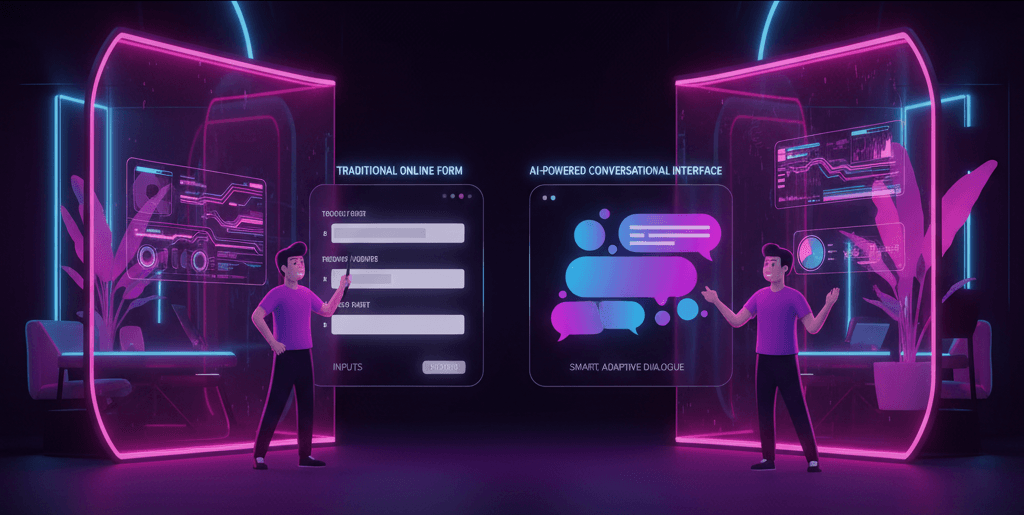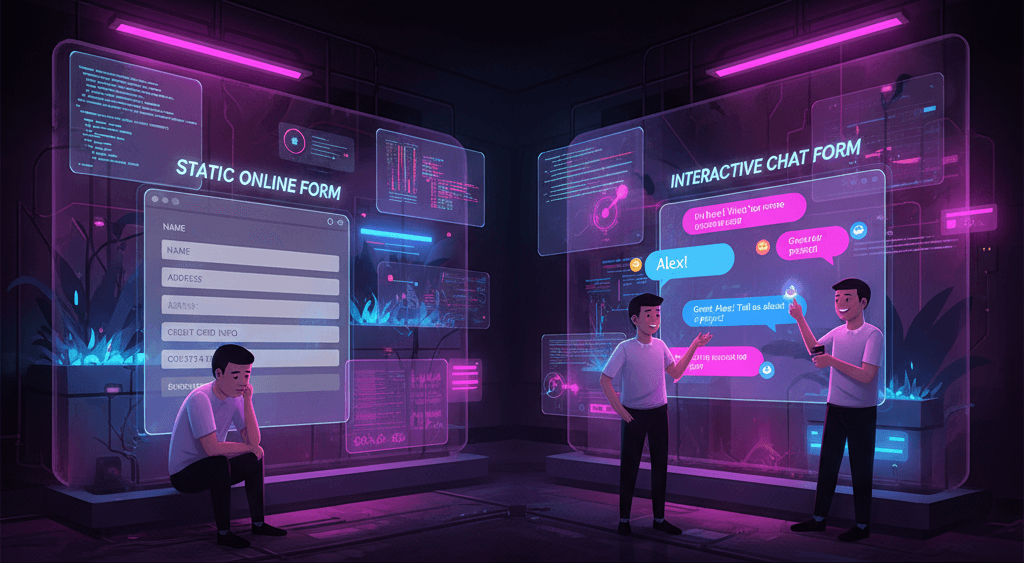This is the time when customer service is increasingly powered by artificial intelligence, and building AI agents that resonate with users isn’t just about functionality, it’s about personality.
Creating a compelling, on-brand AI persona can significantly boost customer satisfaction, trust, and engagement for SaaS companies offering AI-powered customer agents.
This guide walks you through the key steps to create an effective AI agent persona that aligns with your brand and truly serves your users.
The Reason Why Agent Persona Matters
AI agents are more than just automation tools, they are often the first and primary point of contact between your business and your customers.
A well-crafted persona can humanize interactions and elevate user experience by making the AI feel more relatable and emotionally intelligent.
When users interact with an AI that feels authentic and consistent, they’re more likely to trust the responses and continue the conversation.
A clearly defined persona reduces friction by providing clarity and predictability in how the agent responds. It also makes your AI feel like a part of your team rather than just a tool.
In today’s competitive SaaS landscape, where customer experience is a major differentiator, a thoughtful AI persona helps set your product apart and reinforces brand identity across every customer touchpoint.
Defining Your Brand Voice
Before you start crafting your AI’s personality, you need a firm understanding of your brand’s voice.
This voice serves as the foundation for your agent’s communication style.
Think about how your company speaks to customers in marketing materials, on social media, and through support interactions.
Ask questions like:
- Are we formal or casual?
- Are we serious, witty, friendly, or empathetic?
- What do we want customers to feel when they talk to our AI?
For example, a B2B SaaS offering accounting automation may benefit from a calm, confident tone that instills trust, while a project management tool for creative teams could take on a more upbeat, casual, and encouraging voice.
Document these insights into a brand voice chart. This should outline preferred vocabulary, tone guidelines, and dos and don’ts.
This document will guide the content, UX, and development teams when designing the AI’s conversational flow.
Designing Character Traits and Personality
An effective AI agent should feel like a distinct personality within your ecosystem. Designing this persona involves defining not just how it talks but who it is.
Start with the basics:
Name: Choose a name that reflects the brand and is easy to remember. For example, “Kai” for a minimalist SaaS platform, or “Navi” for a support-oriented assistant.
Key personality traits: Choose 2–3 core traits such as friendly, analytical, witty, empathetic, etc. These should map directly to how your brand wants to be perceived.
Behavioral rules: How does your agent respond under pressure? How does it handle negative feedback? What phrases does it always use or avoid?
Optional backstory: While not necessary, a light fictional background can help writers maintain consistency. For instance, your agent could be a “tech-savvy assistant who’s always up-to-date.”
By giving your AI a clear personality, it becomes more than just an interaction, it becomes a branded experience.
Language Style and Tone Considerations
Your agent’s language style should match the tone you’ve defined and be consistent across all channels and scenarios.
Key considerations include:
Formality level: Will the agent use contractions, emojis, or casual phrases? Or will it maintain a formal tone with precise, structured language?
Sentence structure and pacing: Decide if your agent should use short, direct sentences or provide fuller explanations. For example, a helpful tone might use phrases like “Let me guide you through this step-by-step.”
Empathy and reassurance: Phrases like “That must be frustrating” or “I see what you’re saying” can make users feel heard and understood.
Error handling tone: Maintain composure and tone consistency even during failures. Instead of saying “Invalid input,” try “Hmm, I didn’t catch that. Can you rephrase it for me?”
Write tone samples and scripts for various scenarios, such as onboarding, troubleshooting, or product questions, to help your team align the style in real interactions.
Visual Elements and Avatar Design
While not all AI agents have visual components, adding a visual identity can strengthen recognition and trust. If your platform supports visual interaction, take time to design an avatar or visual profile that complements your AI’s personality.
Elements to consider:
Avatar illustration or icon: Should match the tone, sleek and minimal for a professional brand, or playful and animated for a youthful one.
Color palette: Use brand colors that align with emotional cues. Calming blues for trust, vibrant oranges for energy, or soft greens for friendliness.
Microinteractions and animations: Subtle blinks, nods, or typing indicators help make the agent feel more responsive and alive.
Ensure that the visual presence doesn’t overshadow functionality, but rather supports and enhances the conversational experience.
Testing and Refining Agent Personas
Creating a persona is an iterative process. After deployment, you’ll gain valuable insights from real-world use that can help refine and optimize the experience.
Here’s how to keep improving:
Collect user feedback: Add prompts at the end of interactions like “Was this response helpful?” or “How would you rate this chat?”
Analyze conversations: Use tools to review transcripts, flag conversations where the agent’s tone felt off, or responses weren’t aligned with your brand.
Monitor KPIs: Look at user engagement, resolution times, bounce rates, and satisfaction scores. Spikes or drops may indicate persona mismatches.
Run A/B tests: Test different versions of tone, greeting messages, or behavior under stress. Measure which versions drive better engagement or satisfaction.
Refinement should be continuous. As your product, audience, or brand voice evolves, so should your AI agent.
Examples of Successful AI Personas
Looking at other successful AI personas can inspire:
Drift’s “Driftbot”: Designed for B2B sales, it maintains a professional yet conversational tone. It guides users through the funnel with minimal friction.
Duolingo’s “Duo”: The owl persona is instantly recognizable and has a playful, sometimes cheeky personality. It uses humor and encouragement to keep learners motivated.
Intercom’s “Fin”: Clean, professional, and calming, Fin is ideal for customer support. Its replies are brief, direct, and always composed.
These examples show that great personas are not just technically functional, they’re emotionally intelligent and brand-aligned.
The most successful ones stay consistent, add value, and are memorable.
Final Thoughts
Creating an effective AI agent persona isn’t just a branding exercise, it’s a strategic investment in your user experience.
A well-designed persona can increase trust, streamline support, reduce churn, and even turn users into brand advocates.
By following a structured process, starting from your brand voice and moving through personality traits, tone, visual design, and testing, you’ll create AI agents that feel not just smart but human.
This level of intentionality can be the difference between a tool that solves problems and a digital teammate that delights users.


